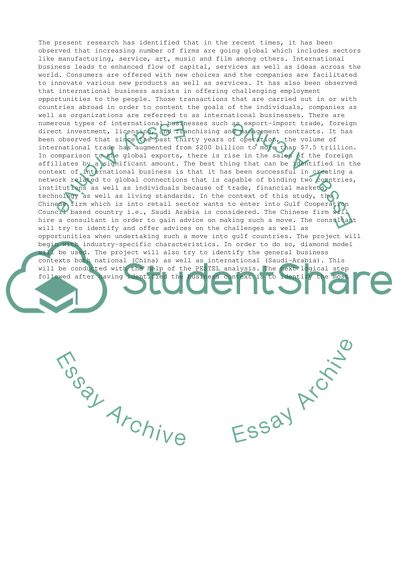Cite this document
(“The opportunities and challenges that a Chinese firm faces while Essay”, n.d.)
Retrieved from https://studentshare.org/business/1396603-the-opportunities-and-challenges-that-a-chinese-firm-faces-while-entering-into-saudi-arabian-market
Retrieved from https://studentshare.org/business/1396603-the-opportunities-and-challenges-that-a-chinese-firm-faces-while-entering-into-saudi-arabian-market
(The Opportunities and Challenges That a Chinese Firm Faces While Essay)
https://studentshare.org/business/1396603-the-opportunities-and-challenges-that-a-chinese-firm-faces-while-entering-into-saudi-arabian-market.
https://studentshare.org/business/1396603-the-opportunities-and-challenges-that-a-chinese-firm-faces-while-entering-into-saudi-arabian-market.
“The Opportunities and Challenges That a Chinese Firm Faces While Essay”, n.d. https://studentshare.org/business/1396603-the-opportunities-and-challenges-that-a-chinese-firm-faces-while-entering-into-saudi-arabian-market.


